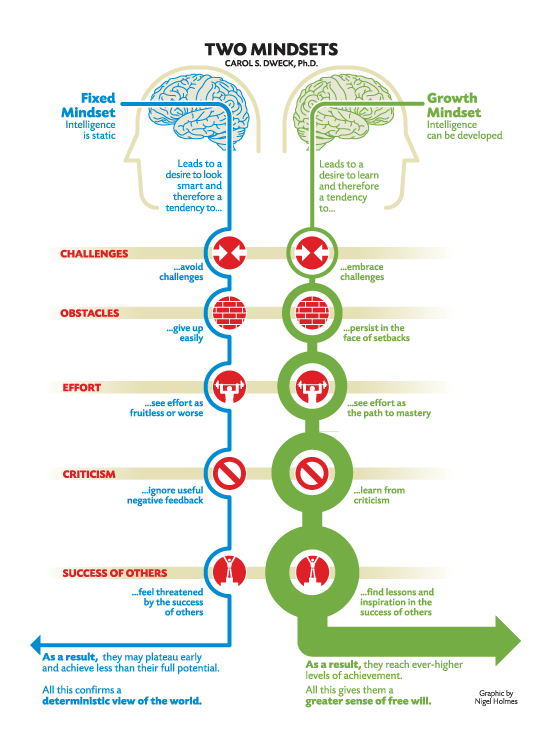
The start of a new year is a time when many people reflect on their past achievements and set goals or make resolutions for the upcoming year. I am one of those individuals. Every year I actually sit down and take the time to write down my goals for the year ahead and then review the list before the year ends to see if I accomplished every item on my list.
Most of my goals for 2016 were a combination of personal and professional and a lot of them were related to travelling. It was quite easy to check those travelling goals off my list. For example, I had the opportunity to attend the IATEFL conference in Birmingham, present at a conference in Costa Rica, and take part in an intensive coaching training program in Atlanta, Georgia. One of the travel highlights for me was a two-week assignment with CESO (a Canadian NGO) in Guyana, South America, where I trained CARICOM staff in report writing and presentation skills. My main professional goal for 2016, however, was to leave my teaching career after 20 years and launch myself as a teacherpreneur, which was definitely outside of my comfort zone. I’m proud to say I managed to achieve that goal. And even though in my new role as a teacherpreneur I had to do many things that terrified me (like blogging, writing e-books, and marketing myself), it felt good and has been exciting. That is why this year I decided to set goals that will force me to go even farther away from my comfort zone.
One of the questions that I ask teacherpreneurs when I interview them for my blog is, “What have you had to do outside of your comfort zone as a teacherpreneur?” Each one of them has given me at least one or two examples of things that they have had to do that terrified them but they still persevered. Based on the likelihood that teachers in the live online course Teacher to Teacherpreneur in partnership with iTDi.pro would have to do things outside of their comfort zone to move forward in their teacherpreneur journey, I decided to make this part of their weekly assignment. In our online community on Facebook, teachers post one thing that they have had to do outside of their comfort zone and elaborate on what it felt like. The feeling of this kind of accomplishment is so rewarding that I believe it gives one the confidence to try yet another challenge.
According to the Merriam-Webster online dictionary, the term comfort zone was first used in 1923 and is defined as (1) the temperature range within which one is comfortable; (2) the level at which one functions with ease and familiarity. Interestingly, the term has also been growing in popularity in the last twenty years or so.
Well, I can say for myself that it certainly feels cozy and comfortable to stay in my comfort zone, so why would I purposely be planning to do things outside of it? Sylvia Duckworth, a very creative educator based in Canada, brilliantly demonstrates why in her Sketchnote that you can see below. It might seem surprising at first to see what may (and will!) happen as you start your journey out of that cozy comfort: increased confidence, a sense of achievement, willingness to try more new things… This Sketchnote is meant to motivate students, however the content can be used to inspire anyone who wants to grow, challenge themselves, and boost their self-confidence.

Image credit https://sylviaduckworth.com/tag/comfort-zone/
A year ago, when I left classroom teaching in order to make a transition to becoming a full-time teacherpreneur and working for myself, it was not unusual for me to wake up in the middle of the night riddled with doubt and fear. Until a strange thing happened. The more I did something that was scary, like start blogging, the more exciting it became to find a new challenge, like start a podcast and give webinars.
As teachers, we cannot expect our students to try new things, challenge themselves, and become more confident if we don’t know how it feels to truly feel uncomfortable ourselves. Furthermore, we can’t fully appreciate the sense of accomplishment or learning about ourselves if we don’t see the results of discomfort.
So, what is on my list for 2017?
- A TESOL Conference Presentation in March with a publisher Dorothy Zemach;
- Another two-week training assignment with CESO in Ethiopia;
- Publishing a small book;
- Writing an online course for teacherpreneurs;
- Being interviewed (instead of interviewing others).
What are you doing in 2017 that is outside of your comfort zone?
If you are curious to assess your comfort zone, try this free, fun survey http://www.whatismycomfortzone.com/survey/.




 References:
References: